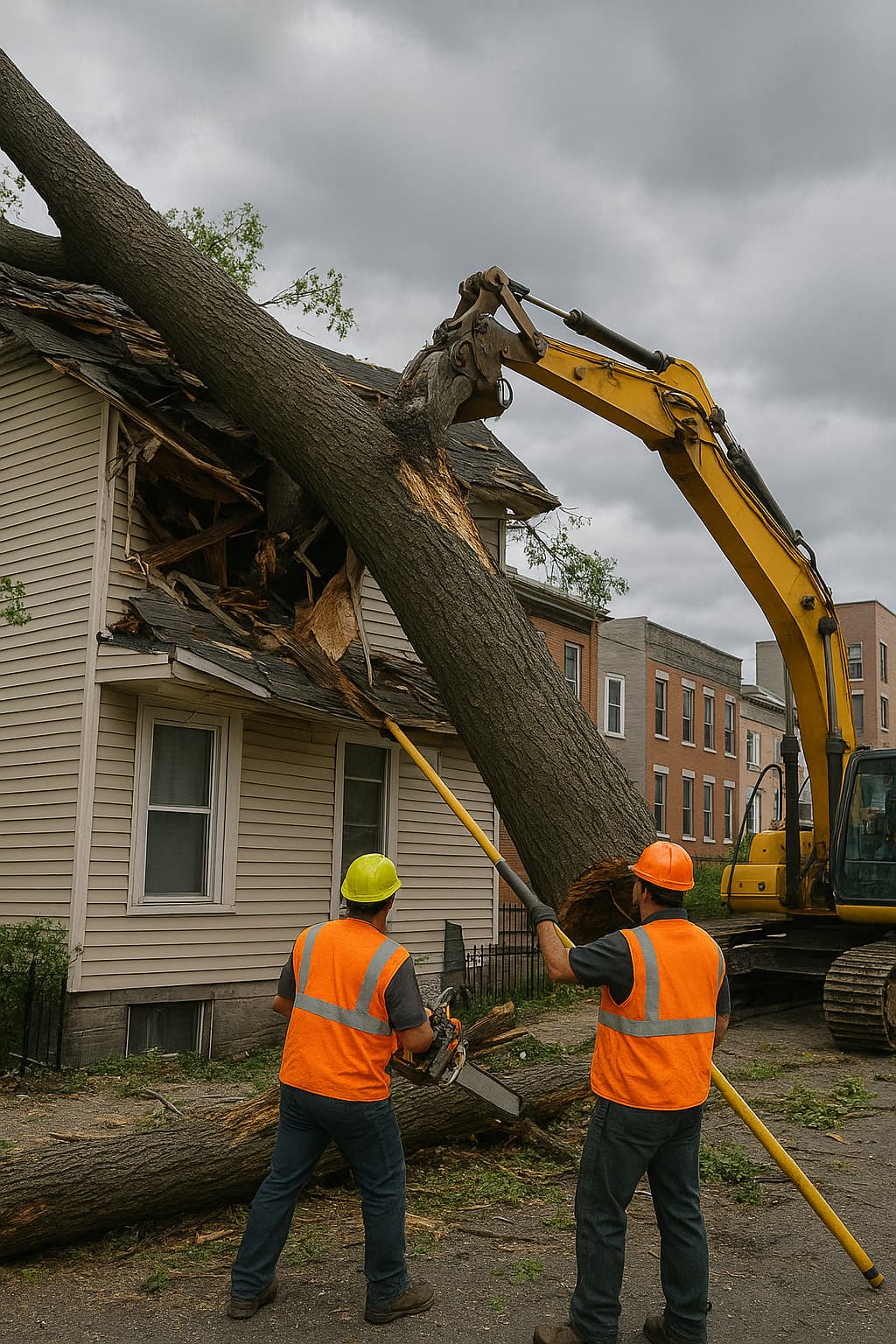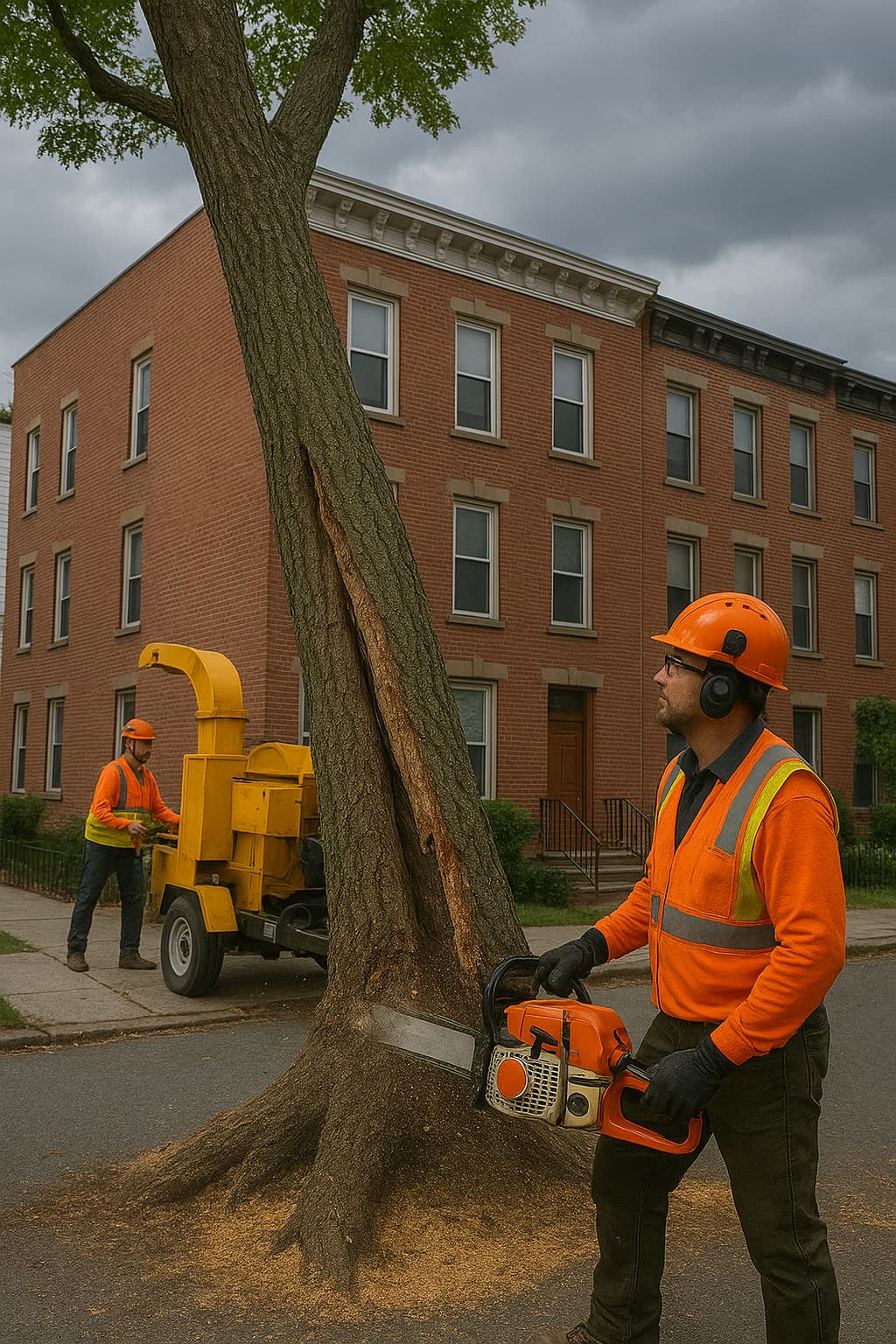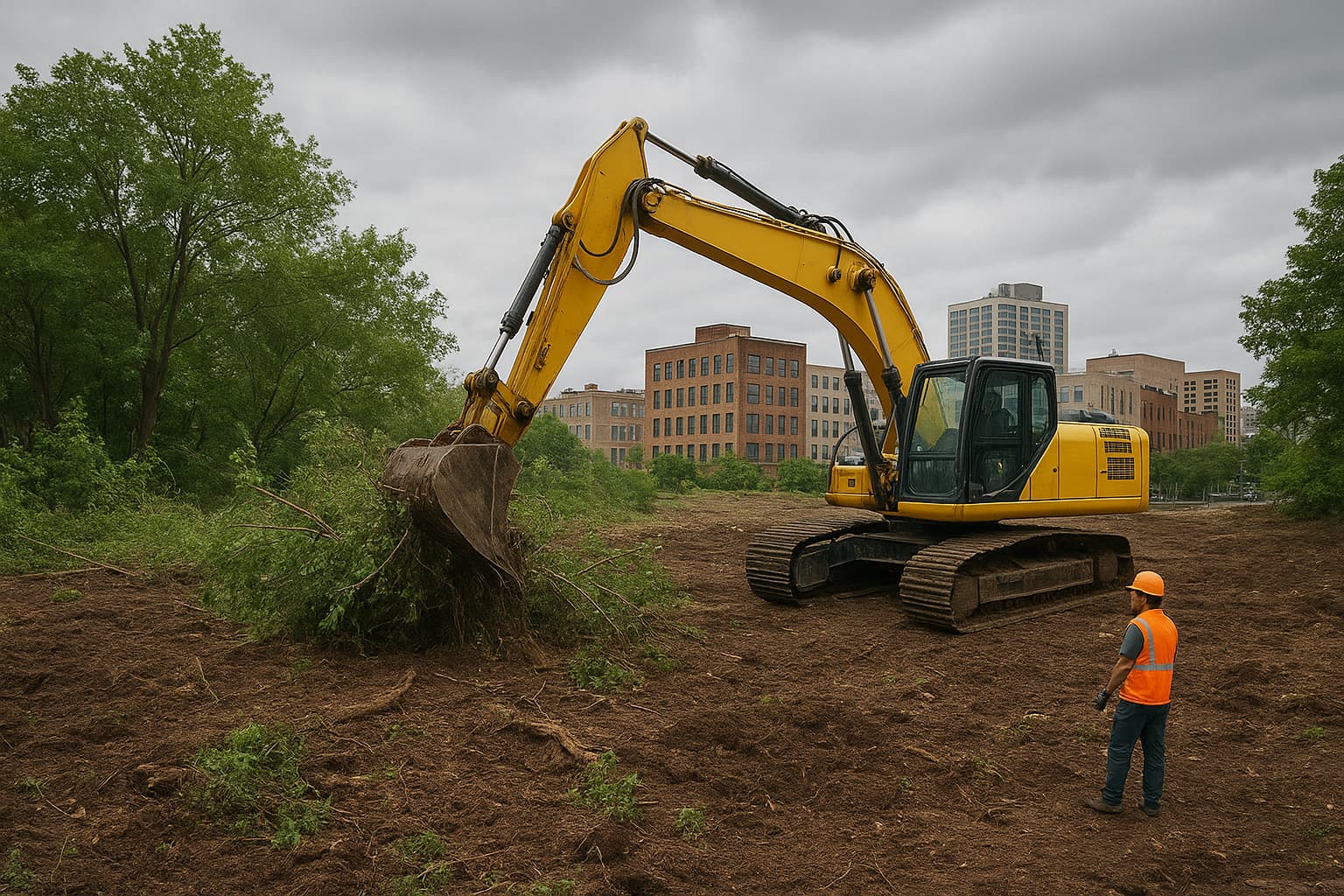
Which tree species are the 10 most commonly found in New Jersey?
Tree Species Jersey City
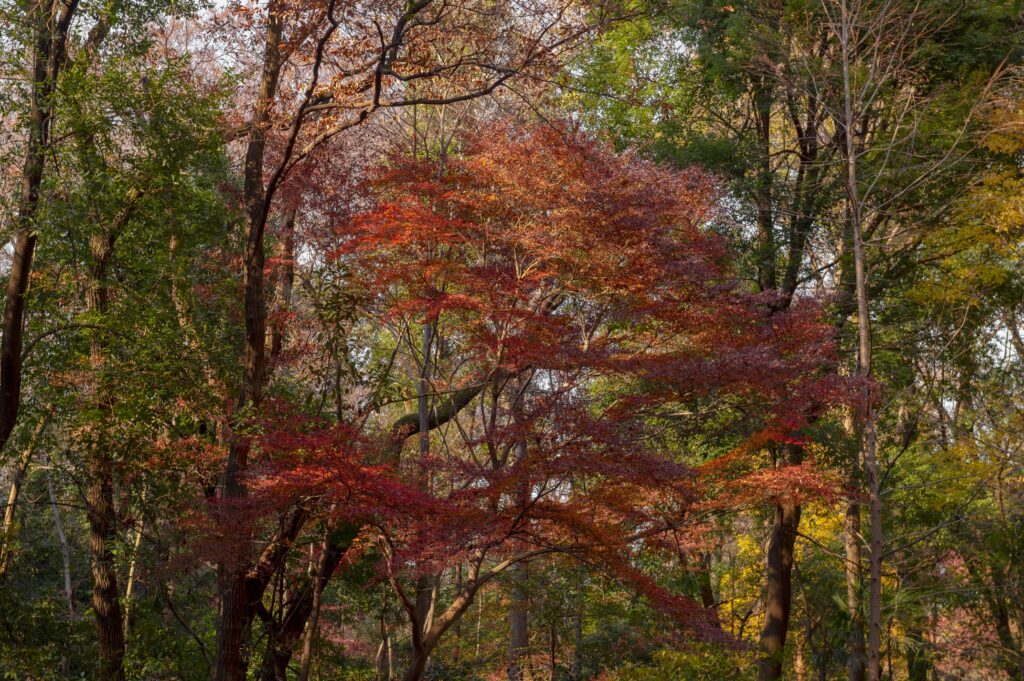
1. Pitch Pine (Pinus rigida)
2. Red Maple (Acer rubrum)
3. Atlantic White Cedar (Chamaecyparis thyoides)
As a New Jersey native, the Red Maple stands out as one of the most versatile and widespread trees in this region. It boasts an impressive adaptability to various soil types and environmental factors that make it a preferred choice for many homeowners, landscapers alike. In autumn, its burst of bright red foliage adds cheerful color accents to any landscape design – no wonder they are treasured by all! The tree can reach heights up to 90 feet with full-rounded crowns while showcasing small yet beautiful blooms sporting rich shades of red during early springtime.
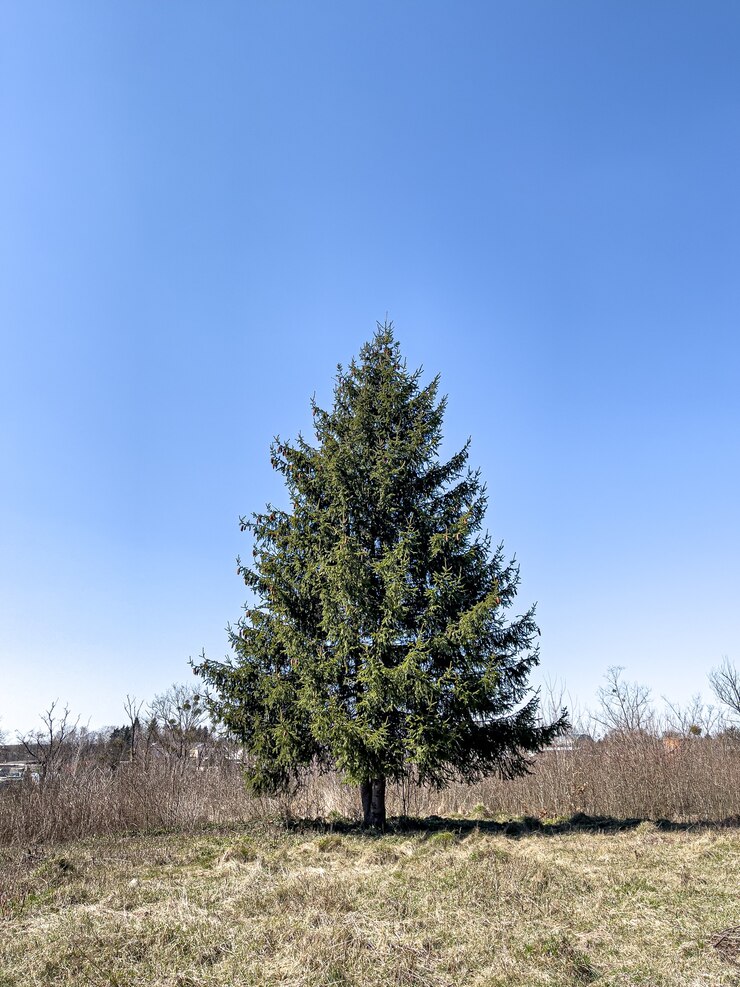
4. White Oak (Quercus alba)
In the deciduous woodlands of New Jersey, the towering White Oak tree thrives. Some members of this exquisite species have been known to live for centuries. With its characteristic light gray scaly bark and stunning crimson or purple foliage in the fall, this tree can reach a height of up to 100 feet. Acorns from White Oaks are an essential source of nutrition for wildlife, and experts who create furniture and lay flooring love the tree’s robust, long-lasting wood.
5. Sweet Birch (Betula lenta)
Black Birch, alternatively called Sweet Birch, is identifiable by its nearly black bark and fragrant twigs reminiscent of wintergreen. It commonly thrives in mixed hardwood woods and can reach heights up to 60 feet tall. During autumn months, the tree’s leaves turn a striking shade of yellow that enhances any landscape with splendor. However, Sweet Birch boasts sap which serves as an essential ingredient for creating birch beer – bringing back fond memories for many individuals.
5. Sweet Birch (Betula lenta)
Black Birch, alternatively called Sweet Birch, is identifiable by its nearly black bark and fragrant twigs reminiscent of wintergreen. It commonly thrives in mixed hardwood woods and can reach heights up to 60 feet tall. During autumn months, the tree’s leaves turn a striking shade of yellow that enhances any landscape with splendor. However, Sweet Birch boasts sap which serves as an essential ingredient for creating birch beer – bringing back fond memories for many individuals.
6. Sweet Gum (Liquidambar styraciflua)
Sweet Gum is a tree with star-shaped leaves and spiky seed pods, often known as gumballs, that can grow to be 100 feet tall. It has an outstanding pallet of autumnal colors, including reds, oranges, and purple. This plant thrives in moist soils with good drainage, which are typically found in lowland settings. Sweet gums are commonly grown for their aesthetic value, giving wonderful shade across landscapes while adding visual interest.
7. Scarlet Oak (Quercus coccinea)
Loved for its stunning red foliage during autumn, Scarlet Oak stands out in any environment. With a maximum height of 80 feet and rounded crown, the tree possesses leaves with pointed lobes that run deep. Its rugged beauty is enhanced by furrowed bark which appears dark. Usually found residing on dry upland areas where it offers necessary food to wildlife via acorns this species prefers soils that are well-drained.
8. White Ash (Fraxinus americana)
A hardy arboreal species, White Ash can attain a height of 80 feet. It is distinguishable due to its compound leaves comprising 5-9 leaflets and prominently grooved bark. The timber of the tree has considerable value owing to its sturdiness, making it frequently utilized for producing furniture in addition to baseball bats and tool handles. These trees adapt well both on high-level terrain as well as lowland regions; their vibrant yellowish-purple foliage during autumn attracts attention too.
9. Chestnut Oak (Quercus montana)
Rock Oak, or Chestnut Oak as it is also called, can be frequently spotted in the highland and stony zones of New Jersey. With a towering height that may surpass 70 feet, this species boasts distinctive features like dark-brown bark with deep furrows along with elongated leaves inscribed with toothed margins. Apart from being an important nourishment for wild animals owing to its huge acorns production capacity; these trees are favored for their resilient timber too.
10. Black Oak (Quercus velutina)
The Black Oak tree is a robust species that has the potential to reach heights of 80 feet. It boasts dark, almost black bark and smooth leaves with distinguished lobes. Typically situated in arid, highland woodlands, this type of oak can thrive in different soil compositions. The acorns produced by these trees are essential for a diverse range of animals, while their tough timber is valued for its many applications.
Concluding Remarks.
The varied tree population in New Jersey is a tangible reflection of the state’s abundant natural legacy. Every one of these typical species contributes substantially to the ecosystem by creating habitats and nourishment for wildlife, beautifying the scenery, as well as providing practical resources for diverse demands. Whether you’re out spotting trees or determining which varieties will suit your landscape needs best, familiarizing yourself with these 10 common kinds will enhance your respect for this region’s ecological richness.
Jersey City Tree Services strives to ensure the continued health and beauty of all trees under our care. With certified arborists providing expert services like planting, pruning, disease prevention, and emergency assistance, we are dedicated to fulfilling this mission. Get in touch with us today to discover how we can assist you in maintaining your trees’ vitality and aesthetic appeal.

